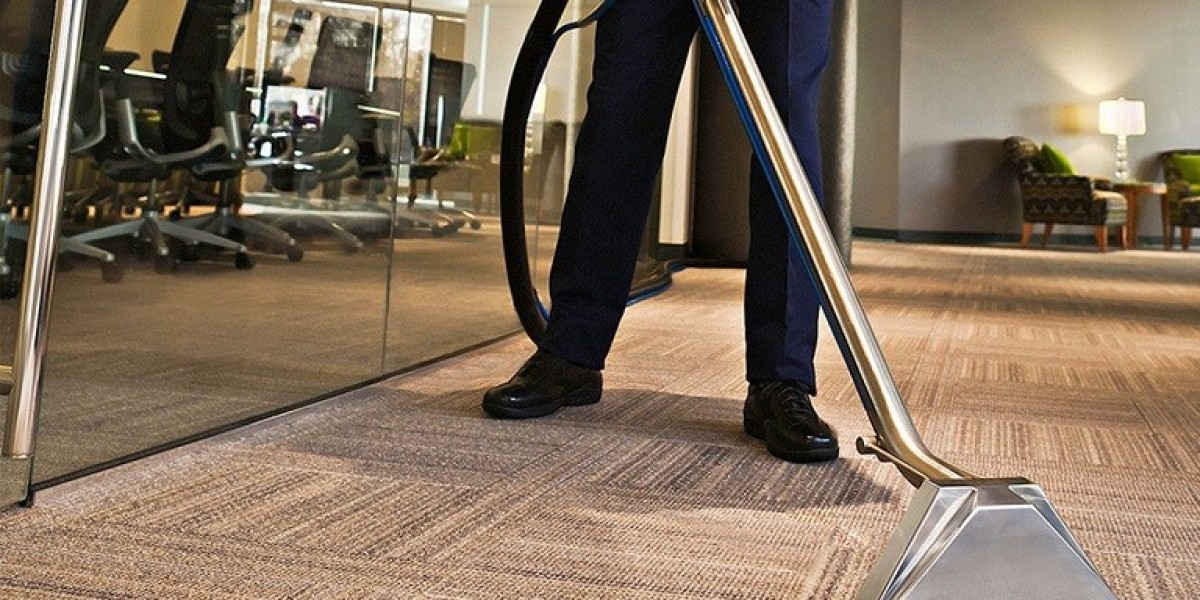As telehealth moves from being an alternative to becoming a mainstream part of healthcare, providers face a double challenge: caring for patients remotely while also managing the often overwhelming task of clinical documentation.
Telehealth should improve access and efficiency—but too often, doctors still end up spending hours finalizing notes instead of focusing on patient care or simply resting.
That’s why modern practices are turning to virtual medical scribe services, remote medical scribe teams, specialized scribe for doctor solutions, and reliable medical transcription service providers. These tools, when combined strategically, not only save time—they dramatically improve documentation accuracy, billing speed, and patient satisfaction.
Let’s explore how these services fit into telehealth, what makes them effective, and why even small practices benefit.
? The Telehealth Documentation Problem
While video visits make care more convenient for patients, they don’t reduce documentation requirements for providers:
Doctors still need to capture patient history, assessments, plans, and follow-ups.
Typing during live calls can distract both doctor and patient.
Charting after clinic hours increases stress and burnout.
Delayed or incomplete notes can cause billing delays or compliance issues.
In short, even in a digital-first setting, paperwork still slows down care.
✏️ What Are Virtual Medical Scribe Services?
Virtual medical scribe services match doctors with trained professionals who securely observe telehealth sessions. These scribes:
Record patient symptoms, medical histories, and doctor observations in real time.
Create visit notes formatted for your EMR.
Add labs, imaging orders, and follow-up recommendations.
By the end of the call, the provider has a complete draft ready to sign—turning hours of paperwork into minutes.
? Why Choose Remote Medical Scribe Teams?
Telehealth rarely follows a strict 9–5 schedule. Evening consultations, weekend urgent care visits, and sudden spikes in demand can overwhelm local staff.
A remote medical scribe team offers:
✅ Flexible coverage during nights, weekends, or holidays.
✅ Quick scalability to handle high patient volumes.
✅ No need for extra office space, desks, or equipment.
Because they work securely from different locations, remote scribes help ensure your telehealth practice is always supported.
? Scribe for Doctor: Personalized to Each Provider
Each doctor has unique documentation preferences—some prefer detailed narratives, while others like concise bullet points.
The scribe for doctor approach means:
Scribes learn the provider’s personal note style.
Notes reflect specialty-specific terms and workflows.
Providers spend less time editing drafts.
The result: documentation that truly feels like it was written by the provider, not a template.
? Medical Transcription Service: Flexible, On-Demand Support
Not every situation fits live scribing. Providers may need to dictate:
Longer consult notes
Specialist referral letters
Post-visit summaries
A medical transcription service lets providers securely record voice notes that are converted into text within 12–24 hours. This keeps charts complete and billing-ready without slowing down daily patient flow.
? Combining Services for Seamless Coverage
Forward-thinking telehealth practices don’t choose just one method—they combine:
Live virtual medical scribe services for routine appointments.
Remote medical scribe teams for after-hours or urgent care.
Medical transcription service for longer or complex cases.
This hybrid model ensures that no matter the situation, documentation stays accurate, timely, and compliant.
? Benefits Beyond Saving Time
While saving time is the most obvious benefit, using scribes and transcription brings:
✅ Improved chart completion rates (often same-day).
✅ Higher coding accuracy, reducing claim denials.
✅ Better patient engagement—providers focus on patients, not screens.
✅ Reduced provider burnout, supporting long-term retention.
Together, these add up to better care quality and a healthier bottom line.
? Data Privacy & Compliance
Patients want to know: who else sees their information?
Top providers of virtual medical scribe services and medical transcription service ensure:
End-to-end encryption.
HIPAA training and background checks for scribes.
Secure logins with limited EMR permissions.
Transparent consent processes for patients.
Privacy isn’t optional—it’s built into every step.
? Why Human Scribes Outperform Voice Recognition Alone
Voice recognition tools can mishear accents, overlap speech, or miss context.
Human scribes and transcriptionists:
Understand medical terminology and abbreviations.
Distinguish between speakers.
Use clinical judgment to produce clear, organized notes.
This human element keeps notes compliant and high quality.
⚙️ How to Integrate Scribes Into Telehealth
1️⃣ Evaluate your biggest pain points (e.g., after-hours charting, billing delays).
2️⃣ Choose the right mix: live scribing, remote coverage, and transcription.
3️⃣ Train scribes on your EMR templates and documentation style.
4️⃣ Build patient consent into scheduling workflows.
5️⃣ Track metrics: note turnaround times, provider satisfaction, billing cycle speed.
Even small practices can start part-time and scale up.
? Specialty-Specific Scribes
Different specialties have unique documentation needs:
Psychiatry: detailed mental status and dialogue tracking.
Cardiology: complex histories, imaging results, medication adjustments.
Dermatology: lesion descriptions and photos.
Using a scribe for doctor trained in your specialty keeps documentation clinically relevant and audit-ready.
? Example: How a Clinic Improved Efficiency
A telehealth primary care group integrated:
Virtual medical scribe services for daily appointments.
Remote medical scribe teams covering evenings.
Medical transcription service for specialist letters.
After six months:
✅ Same-day chart closure rose from 55% to 93%.
✅ Claim denials dropped by 18%.
✅ Patient satisfaction scores improved by 22%.
? ROI: It’s More Than Just Cost Savings
Adding scribes often pays for itself through:
More patient visits (since providers aren’t stuck charting).
Fewer errors leading to billing delays.
Lower staff turnover thanks to reduced provider burnout.
Documentation support isn’t a cost—it’s an investment in quality care.
❓ FAQs
Q1: Can a remote medical scribe handle multiple providers?
Yes—teams are often structured to cover multiple clinicians and shifts.
Q2: How fast is a medical transcription service?
Most notes return within 12–24 hours.
Q3: Are scribes certified?
Quality services train scribes in medical terminology, HIPAA compliance, and EMR use.
Q4: Can scribes use any EMR?
Yes—scribes are trained for popular EMRs and can adapt to new ones.
Q5: What’s the difference between virtual medical scribe services and remote scribes?
Virtual scribes join live visits; remote scribes often provide coverage outside typical hours.
? Final Takeaway
Telehealth should help, not overwhelm.
By adding:
✅ Virtual medical scribe services for real-time documentation,
✅ Remote medical scribe teams for flexible coverage,
✅ Personalized scribe for doctor support, and
✅ Reliable medical transcription service options,
you transform telehealth from a digital burden to a patient-focused strength.
Documentation doesn’t have to slow you down—it can become the backbone of better care, faster billing, and a happier team.








